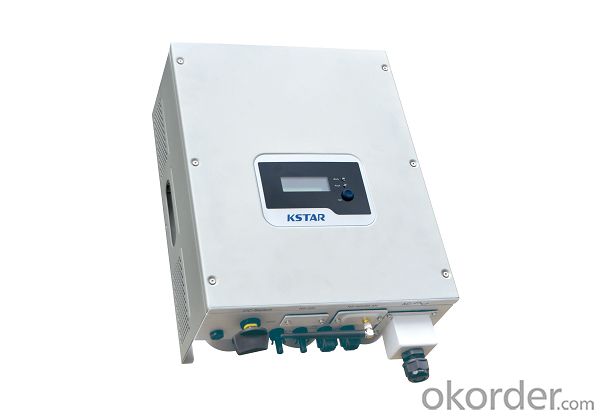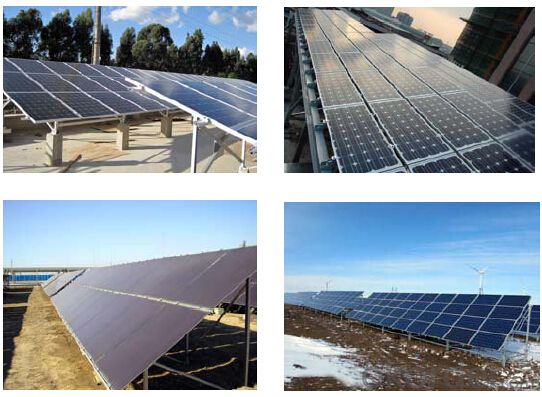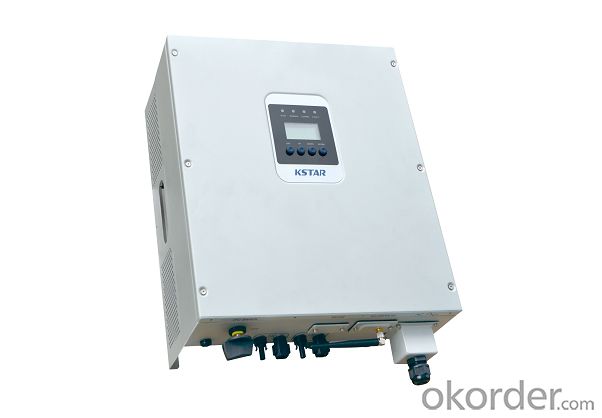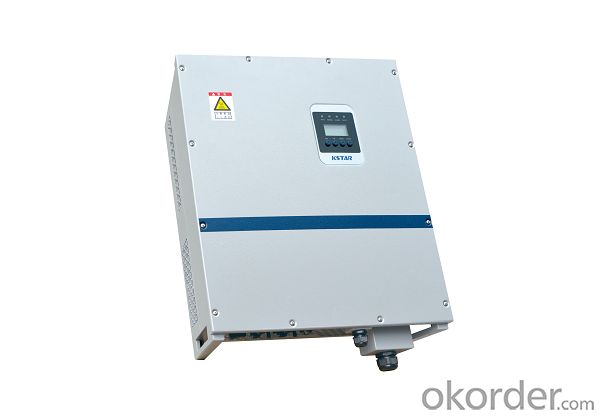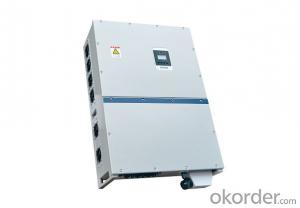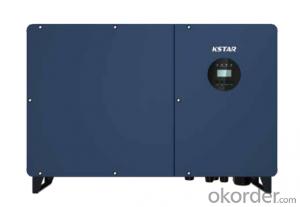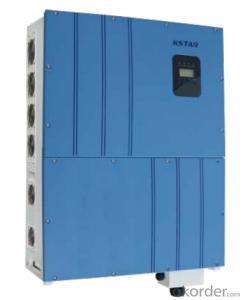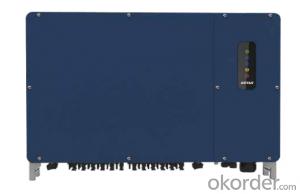Solar Inverter Cover for String Grid-Tied PV Inverter 1.5kW/2kW/3kW/3.6kW
- Loading Port:
- Guangzhou
- Payment Terms:
- TT OR LC
- Min Order Qty:
- 10 unit
- Supply Capability:
- 10000 unit/month
OKorder Service Pledge
OKorder Financial Service
You Might Also Like
Product features
· Max PV Voltage up to 500V
· Single MPPT
· High efficiency up to 97.5%
· Smaller and Lighter
· IP65 protection
· Easy installation
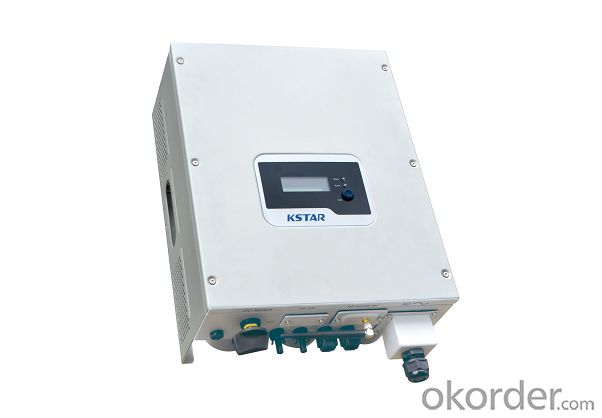
Product Parameter
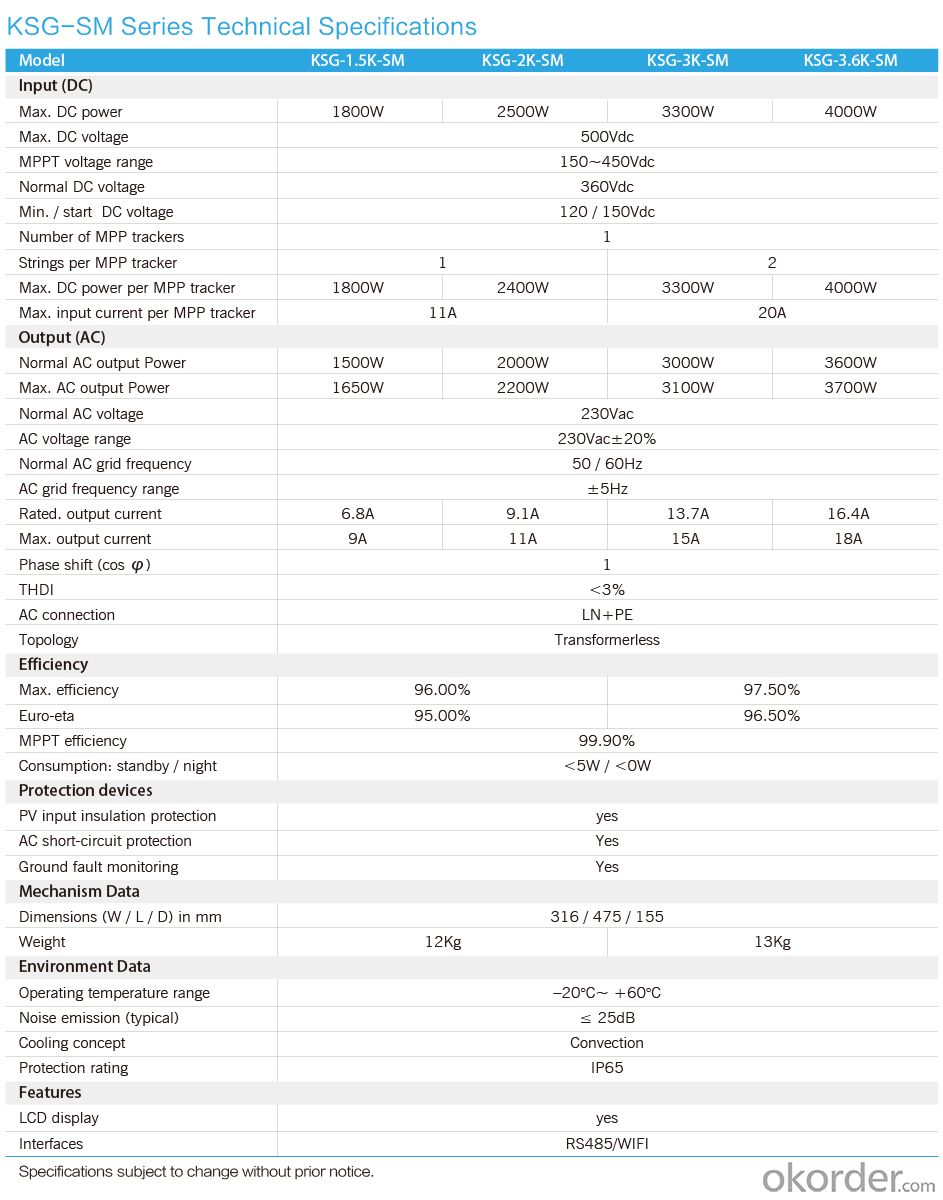
Q 1. what's the payment term?
A. We accept TT,30% deposit and 70% balance agaisnt copy of BL
Q 2. how's the delivery time ?
A. usually it will take about 25 days for production
Q 3. tell me the standard of package?
A. For the small capacity, it use carton, but for big capacity, we will use strong wooden case for protection.
Q 4. what kind of material of transformer?
A. we have two types, one 100% copper and the other is copper with aluminum.It depends on your requirment. In fact,those two have no difference if normal work well. Only except the longlife. Copper is better and also higer price.
Q 5.Could you offer Form A or C/O ?
A. It totally not a problem. We can prepare relative documents to forgin affairs office or other office to apply for this certificate.
Q 6.Would you accept to use our logo ?
A.If you have good quantity,it absolute no problem to do OEM.
Q 7.We want to know month capacity.
A. It depends on which model.For example for relay type small capacity , month capacity can reach near 20000pcs and big capacity near 3000pcs.
Q 8.Where is your market?
A. Our products are popular in russia, indonisia, Philippines,italy, america, pakistan and so on.Some of them are our regular customers and some of them are developing. We hope you can join us and make mutural benifit from our cooperation.
Q9. what kind of certificate you have ?
A. Our company already achieve ISO, CCC, and for products, we have CE, TUV, SAA, G58, C10/11,SONCAP, GOST, UL(pending) .

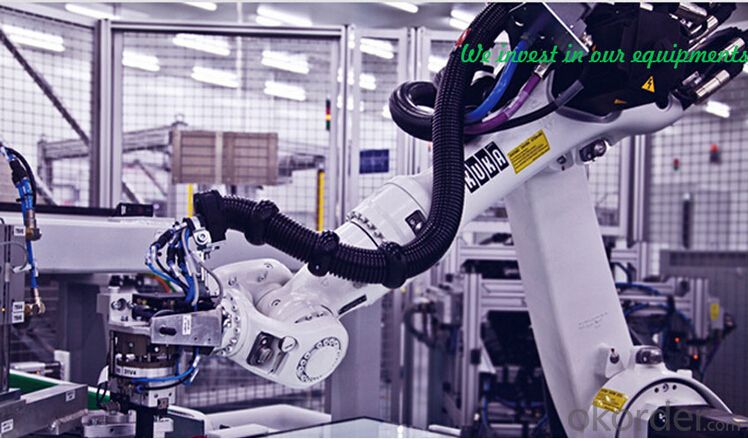
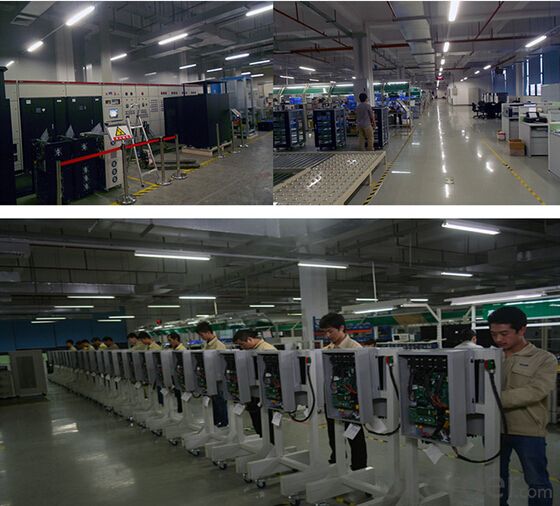
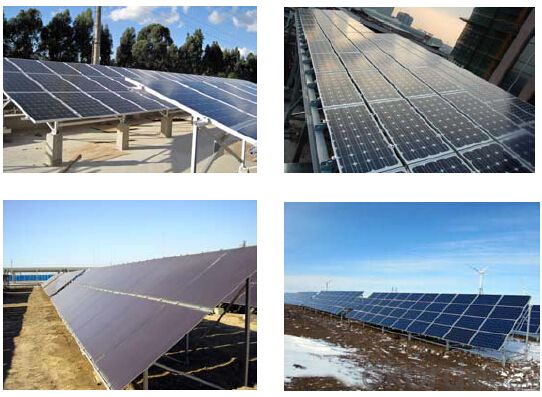

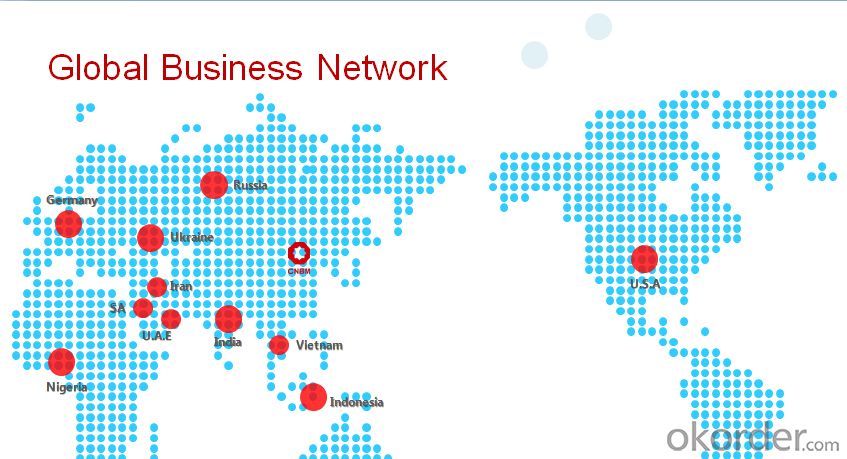
- Q: What is the role of a solar inverter in maximizing solar panel output?
- The role of a solar inverter in maximizing solar panel output is to convert the direct current (DC) produced by the solar panels into alternating current (AC) that can be used to power electrical devices in our homes and businesses. Additionally, solar inverters also ensure that the solar panels are operating at their maximum power point, which allows for optimal energy production and efficiency.
- Q: What are the communication protocols used in solar inverters?
- There are several communication protocols commonly used in solar inverters to facilitate communication between the inverter and other devices or systems. Some of the most commonly used communication protocols in solar inverters include: 1. Modbus: Modbus is a widely used communication protocol for industrial devices, including solar inverters. It is a serial communication protocol that allows for the transmission of data between the inverter and other devices, such as monitoring systems or data loggers. Modbus is known for its simplicity and flexibility, making it a popular choice in the solar industry. 2. SunSpec: SunSpec is a communication protocol specifically designed for the solar industry. It provides a standardized way for solar inverters to communicate with other devices, such as smart meters or monitoring systems. SunSpec supports both wired and wireless communication, allowing for easy integration of solar inverters into larger energy management systems. 3. CAN bus: CAN (Controller Area Network) bus is a widely used communication protocol in various industries, including automotive and industrial applications. It is a robust and reliable protocol that allows for high-speed communication between devices. Some solar inverters utilize CAN bus to communicate with other devices or systems, providing a reliable means of data transfer. 4. Ethernet: Ethernet is a widely used communication protocol in the IT industry, and it is also utilized in some solar inverters. By using Ethernet, solar inverters can communicate with other devices or systems over a local area network (LAN) or the internet. Ethernet offers high-speed communication and can support various communication standards, making it a versatile option for solar inverters. It's important to note that different solar inverter manufacturers may use different communication protocols or a combination of them. The choice of communication protocol depends on factors such as the specific requirements of the system, the compatibility with other devices or systems, and the level of integration desired.
- Q: What is the role of power ramp rate control in a solar inverter?
- The role of power ramp rate control in a solar inverter is to regulate the rate at which the power output of the solar system increases or decreases. This control is important to ensure the stability and reliability of the grid, as sudden changes in power generation can cause disruptions. By gradually ramping up or down the power output, the solar inverter can respond to grid conditions and prevent overloading or underutilization of the system, ultimately improving the overall performance and efficiency of the solar installation.
- Q: How does a solar inverter handle variations in solar panel cleanliness?
- A solar inverter does not directly handle variations in solar panel cleanliness. However, a decrease in solar panel cleanliness can lead to a decrease in the overall energy output of the solar system. This reduced energy input is then processed by the solar inverter, which converts it into usable electricity. Therefore, while a solar inverter itself does not handle the cleanliness of solar panels, it indirectly adapts to variations by adjusting the energy conversion process based on the input it receives from the panels.
- Q: How does the input voltage range affect the performance of a solar inverter?
- The input voltage range directly affects the performance of a solar inverter. If the input voltage falls below the minimum range, the inverter may not be able to convert the DC power from the solar panels into usable AC power efficiently or at all. On the other hand, if the input voltage exceeds the maximum range, it can potentially damage the inverter. Therefore, it is crucial to ensure that the input voltage remains within the specified range for optimal performance and longevity of the solar inverter.
- Q: What is the role of a solar inverter in a solar-powered telecommunications system?
- The role of a solar inverter in a solar-powered telecommunications system is to convert the direct current (DC) generated by the solar panels into alternating current (AC) that can be used to power the telecommunications equipment. It is responsible for ensuring that the energy generated by the solar panels is compatible with the electrical requirements of the system, allowing for efficient and reliable operation of the telecommunications equipment.
- Q: What are the key factors affecting the reliability of a solar inverter?
- The key factors affecting the reliability of a solar inverter include the quality and durability of its components, such as the semiconductor devices, capacitors, and transformers. The design and manufacturing processes also play a significant role, as well as the overall system integration and installation. The environmental conditions, such as temperature, humidity, and dust levels, can impact the inverter's reliability, along with the quality of the electrical grid and the stability of the solar power generation. Regular maintenance and monitoring are crucial for identifying and addressing any potential issues that may arise, ensuring the long-term reliability of the solar inverter.
- Q: How do you choose the right input voltage range for a solar inverter?
- To choose the right input voltage range for a solar inverter, you need to consider the specifications of your solar panels and the requirements of the inverter. You should check the voltage output range of your solar panels and ensure that the inverter's input voltage range is compatible with it. Additionally, consider any potential variations in solar panel output due to factors like temperature and shading. It is advisable to choose an inverter with a slightly higher input voltage range to accommodate any fluctuations and maximize the efficiency of the system.
- Q: Can a solar inverter be used with a net metering system?
- Yes, a solar inverter can be used with a net metering system. In fact, a solar inverter is an essential component of a net metering system. It converts the direct current (DC) electricity generated by the solar panels into alternating current (AC) electricity that can be used to power the home or business. The excess electricity produced by the solar panels is fed back into the grid through the net meter, allowing the utility company to credit the owner for the excess energy produced.
- Q: What is the temperature range for optimal operation of a solar inverter?
- The temperature range for optimal operation of a solar inverter is typically between -20°C to 50°C.
Send your message to us
Solar Inverter Cover for String Grid-Tied PV Inverter 1.5kW/2kW/3kW/3.6kW
- Loading Port:
- Guangzhou
- Payment Terms:
- TT OR LC
- Min Order Qty:
- 10 unit
- Supply Capability:
- 10000 unit/month
OKorder Service Pledge
OKorder Financial Service
Similar products
Hot products
Hot Searches
Related keywords




